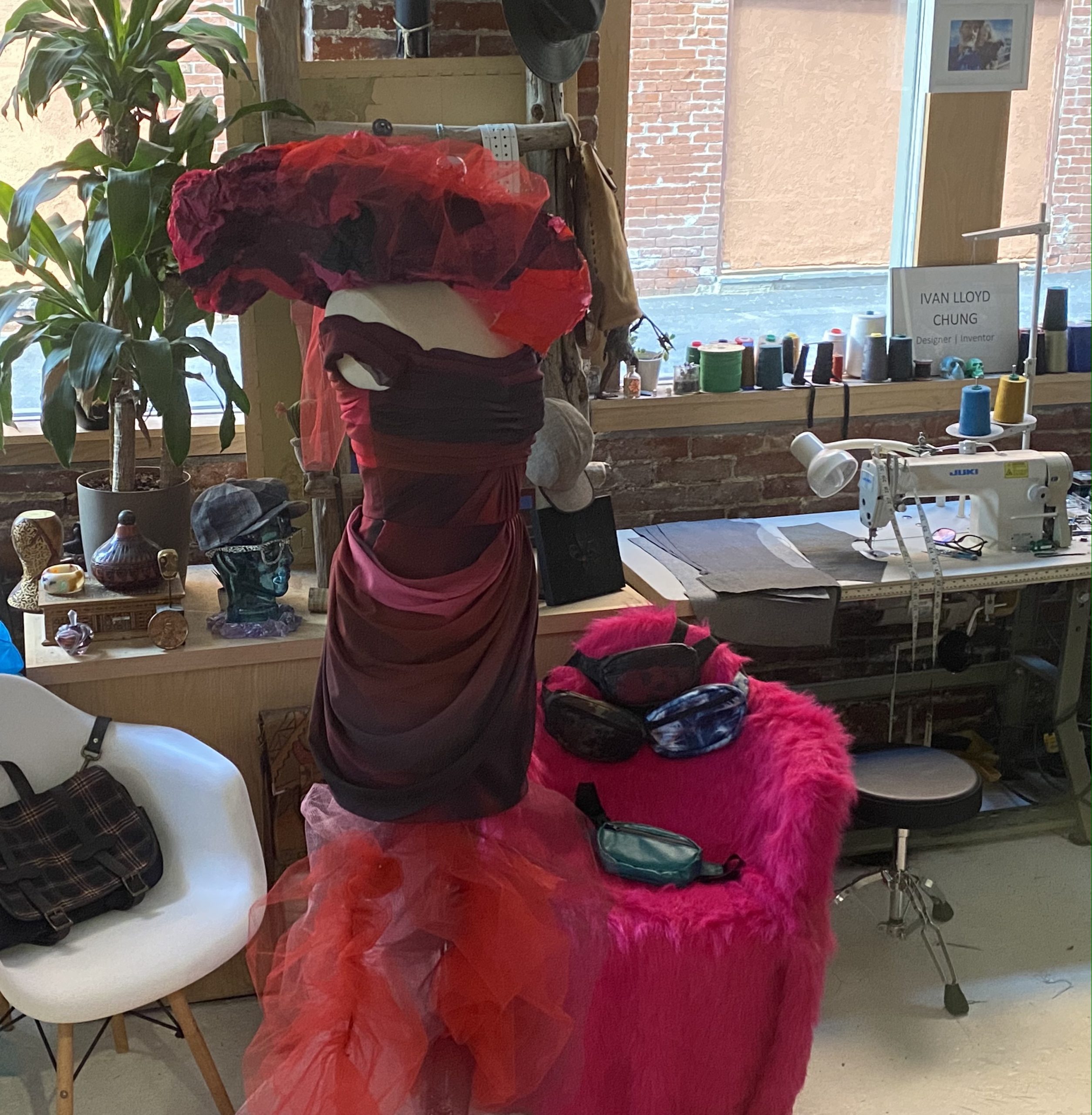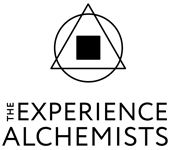Bob Packert is a photographer, artist, and fashion designer and to our great fortune, one of TEA’s creative partners. Jim sat down with him recently to hear his thoughts on photography, fashion design, and following his passions. Here are some excerpts from their conversation.
Jim:
Bob, how did you become a fashion photographer?
Bob:
Early on in my career I had a business partner, Sharon White. Known as White/Packert Photography and we had a studio in Boston, we had a lot of work coming in, and things were going great.
Jim:
When was this?
Bob:
Well, we worked together until about 10 years ago and so I guess that was back in the 1990s. We kind of developed a pretty good reputation. However, in order to help pay the bills we had a few catalog clients and I can tell you that shooting for a catalog is a ton of work. It becomes kind of a cookie cutter experience. You put the product in front of the camera, shoot it and make it look pretty, then you do the next one and so on. Well, one of the clients sold music themed products. Basically, if you wanted to buy anything with musical notes on it, this is where you would get it. Don’t get me wrong, they were a great client. However, we shot their catalog for three years straight and maybe four times a year and I really started to dread the shoots.
I came to the realization that I just wasn’t into it and I had an epiphany behind my camera while we were on set. I was setting up a shot of toilet paper with musical notes printed on it and I said to myself, “so this is where my career is going?” I went home and talked to my wife about it that night. I acknowledged that it was great to be able to have a steady income, but I can’t do this for the rest of my life. It was one of those moments where you have to ask yourself, what do I really enjoy. I had always had a love for fashion and I told myself that I just needed to go for it. People had always told me to shoot what you like and to do what you love. I took a step back and paused and said I love fashion and texture and graphics, all kinds of design. I honed in on that and set benchmarks and goals for myself and tried to figure out how to make it happen.[/vc_column_text][/vc_column][/vc_row]
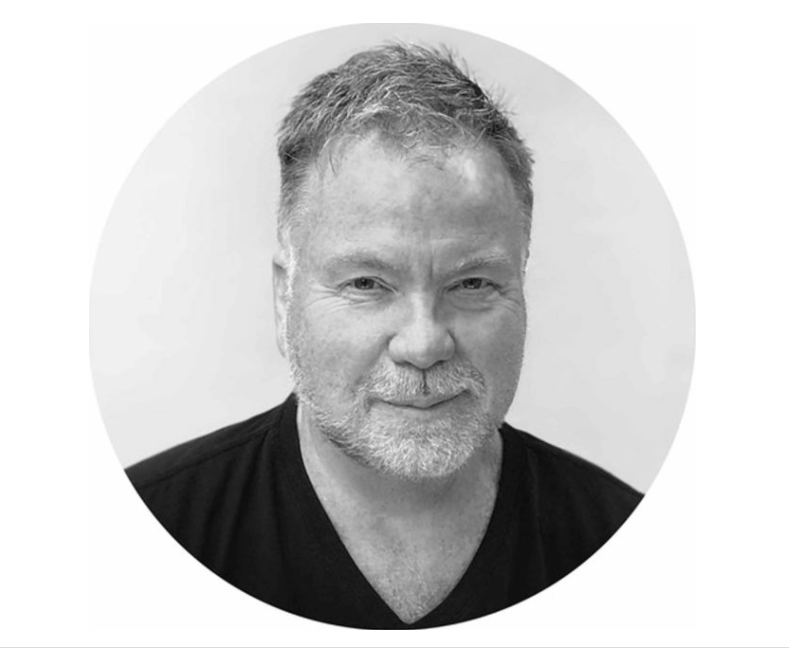
Jim:
Wow, that was pretty bold at that point in your career, you really hadn’t done any real fashion photography. You had maybe shot some mannequins or models wearing an item for a catalogue, but we are not talking about the real glitz and glamour of fashion work.
Bob:
Correct. I was really lucky to have an understanding wife who has always been supportive of my career. She gets it and knows this is my passion. I think she had a conversation with her father when I was about to ask her to marry me and he said something like “so are you sure you want to marry an artist?”
Jim:
Well, I mean after all, if you listen to Car Talk, in their fake credits, the director of unemployment is named Art Majors.
Bob:
Exactly!
Jim:
You decided to shift your career pretty dramatically, what did that look like? How did you approach it? Who did you reach out to when planning your first couple of steps.
Bob:
I had a few connections in the industry, like modeling agencies in Boston. I called on them and said, “hey, can you help me out, I am building a fashion portfolio.” I would literally create these self-funded shoots based on my ideas. I set a goal of creating a whole new portfolio of these fashion ideas and I am still doing it! I really enjoy coming up with a concept and then seeing it through to the end, when or wherever the end might be.
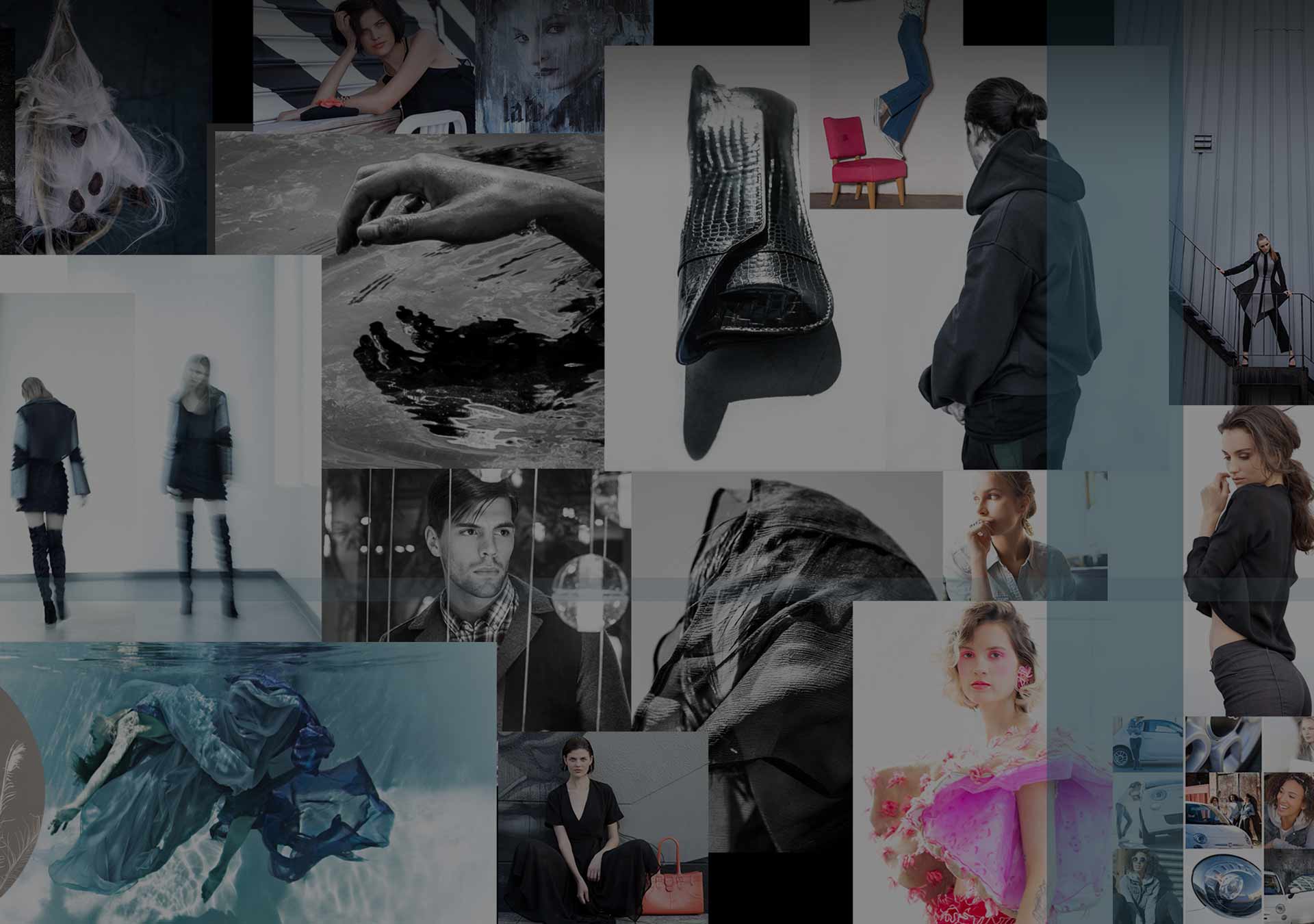
Jim:
I have a kind of funny example. This summer I happened to be walking The Marginal Way Cliff Walk in Ogunquit, Maine with my family and we completely randomly came across you and a model on a shoot on a small rocky beach. How would a project like that come about? Did you have an idea to shoot in that location and then hire a model or did she contact you to arrange a portfolio shoot for her work?
Bob:
In that case, it was one of my ideas. I had shot this model Livy in the past and she had recently moved to Los Angeles. She’s originally from Maine and she was back for vacation to see her family. It was just a happy circumstance that we connected.
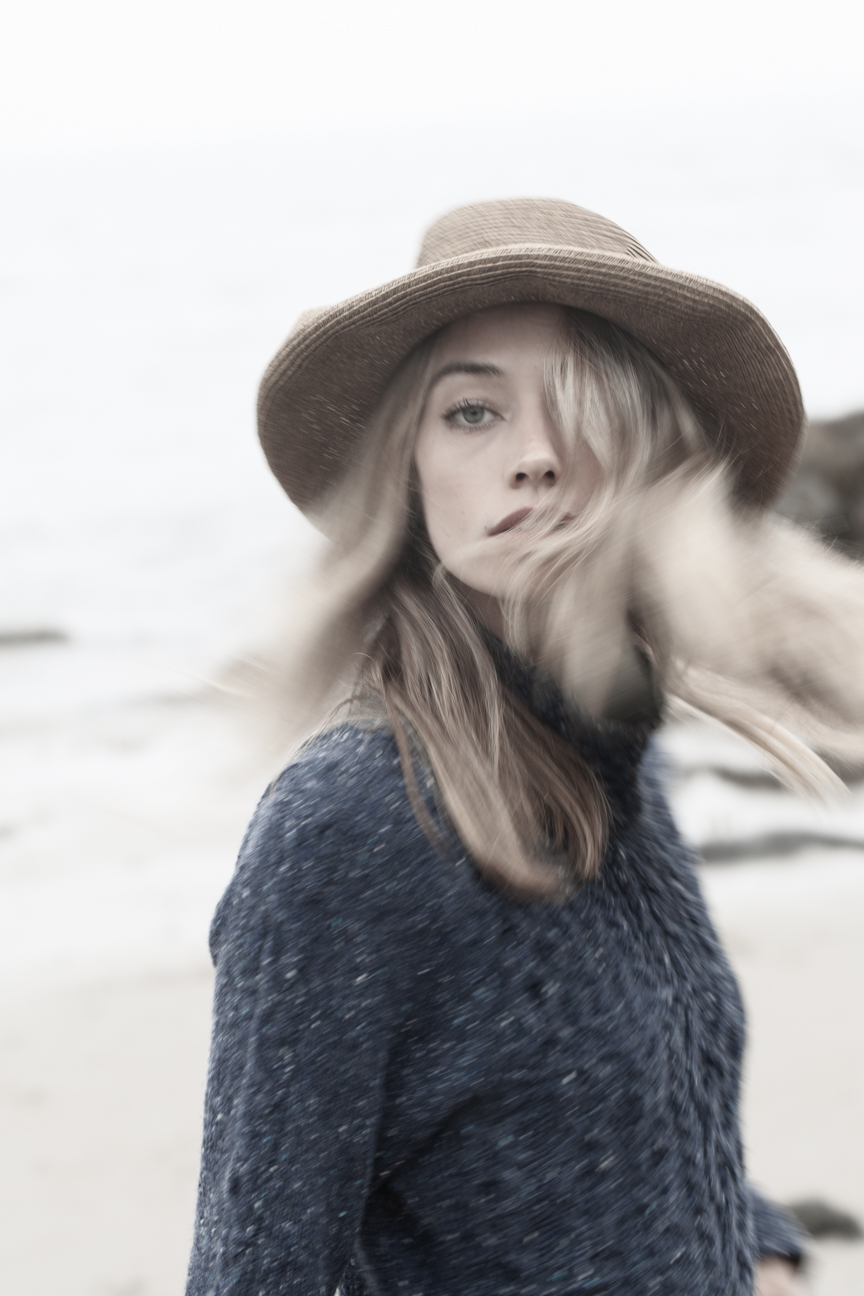
Jim:
In this instance you had an artistic idea in your head about a location and a specific model. Do you then start fleshing out the idea with thoughts like I want waves, this kind of light, this kind of clothing, and these kinds of action shots? And then what do you do once you get the photographs, do you pitch them to someone, does the model take them for her portfolio, is it both, more than that?
Bob:
Yes, it is trade or kind of a barter situation. Neither of us is being paid for the shoot, I get to use the photos for my work and Livy gets to add them to her portfolio. For these kinds of shoots I usually start with a mood board. It helps when I know the model…in this case, knowing that Livy could pull off a beachy vibe I thought a naturalistic shoot on the rocks and sand would look great. I often use Pinterest to pull together a bunch of images for the mood board. I have some regular pages that I check and the algorithms lead me down all kinds of creative rabbit holes, but it is a great resource for saving and sharing ideas. I will show the mood board to the model and explain what I am thinking about doing and see if they like the idea and want work together. This really helps with setting up expectations for the shoot and is a great planning tool. It kind of serves as a script for both me and the model.
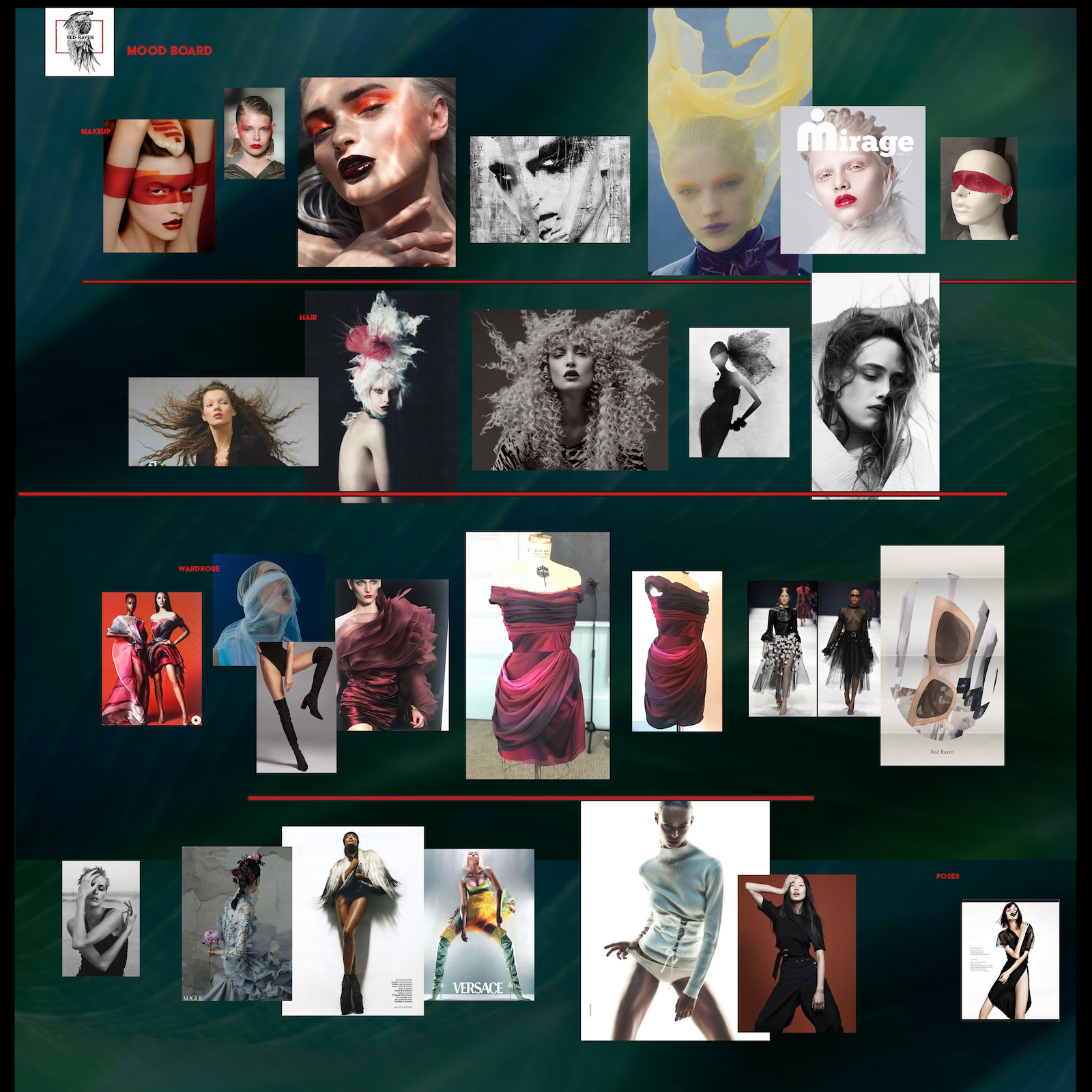
Jim
Speaking of a script and your rapport with the model, I have seen firsthand how you connect with the subject as a photographer. Several years ago, when we were both working for the Peabody Essex Museum, you were documenting their summer art camp and my daughter was a participant. You took some of the best pictures I have ever seen of her. You have a great ability to connect with folks and find ways to make them comfortable and reveal their natural personalities and the result is amazing.
Bob:
It is funny that you mentioned my making people comfortable, and the shoot with your daughter. In college I majored in art/graphic design/photography, but my favorite elective was child psychology. It got me thinking about how a kid would think. I don’t try to treat them like adults, but I do want them to have a sense that we are equals in the shoot so I have fun with it and try to joke…although the jokes don’t always go over well.
Jim:
Well you are a dad and they are dad jokes.
Bob:
I like to have fun with my work. If I can’t have fun, then I’m not going to be into it and then nobody’s having fun.
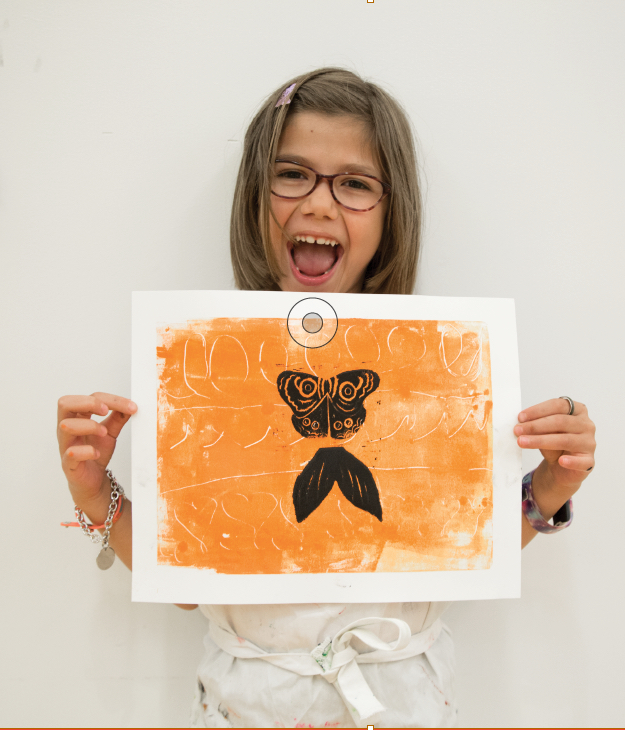
Jim:
You live in two different worlds in some ways, you are an accomplished fashion photographer and you’re an artist. I’m sitting here looking around your studio and I see skateboard decks, shoes, fabrics, collages on canvas, and clothing…all with your photographs on them. Are those all images that you took on various shoots? Do you use the photos as a palate and know that they will eventually show up in your collages somewhere down the line? Do you keep all of these ideas in your head, on your computer, or on your Pinterest page to then go and play with the images in working on your designs?
Bob:
Yes. I needed to be able to express the more artistic side of me in a different way, so I started the art brand Red-Raven. The images could end up being part of a garment, a wall hanging, or a collage. The subjects are typically very excited about it and enjoy being part of the process.
Jim:
Let’s talk about your work as a photographer and your work as a designer/artist. If someone at a party asks you what you do for a living, how do you answer them?
Bob:
I guess the canned response is that I’m a photographer. And I wouldn’t necessarily label myself as a fashion photographer. I’d say photographer and folks might counter with what do you like to shoot? I would answer that I like to shoot fashion because I can tell a story through my photographs. I also love capturing the texture and color of clothing and fabrics.
Jim:
We have both worked on several fashion exhibitions in museums. Most of the time collection objects are shot on mannequins. However, garments and other adornments are meant to be worn and moved in. How have you approached those kinds of shoots differently? How is it different when you don’t have a model with a personality moving around in the piece?
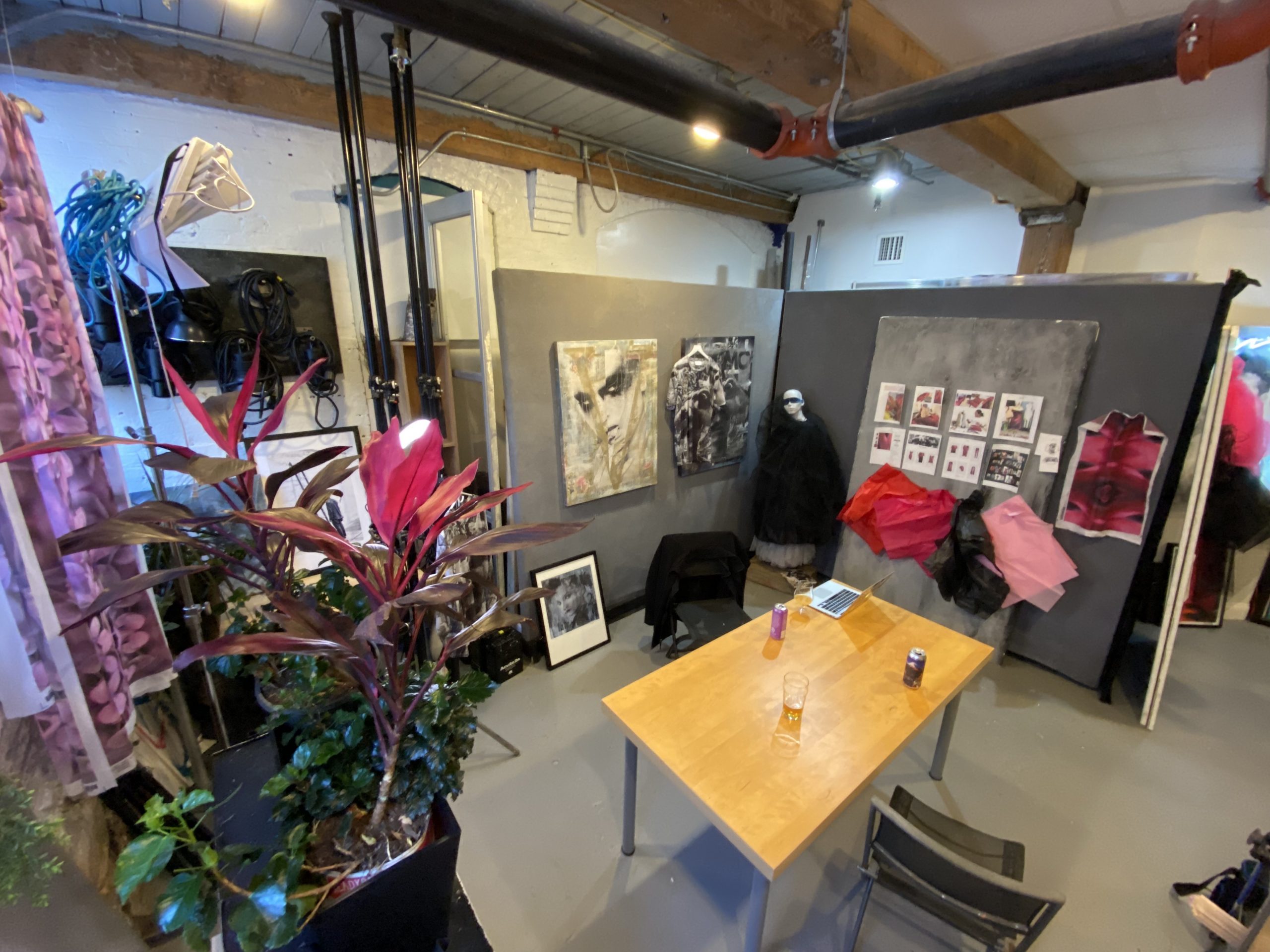
Bob:
When I shoot garments on mannequins, most often my goal is documenting the wardrobe. You capture the basic angles so it feels as natural as possible to the human eye, but I also get in and capture details of the fabric and the stitching. And I think that helps tell a story about that garment and the maker. What kind of fabric is it? Is it shiny, plaid, textured or whatever. But on a model I try to expand on that story. I try to capture how wearing the garment might make the person feel and how they express that. You can do a lot with posing, changing the angles and the lighting to help create a look or mood.
Jim:
I can see how that works. You can perceive that the piece might be making someone feel a certain way, maybe comfortable or empowered or sexy or intelligent and then it’s your job to get them to really go there and try to capture that perfect moment. I am guessing that you might have three or four shots from a whole shoot that just blow you away when you review them. Some others might be good and others very good, but it must feel pretty awesome when you get those absolutely stunning images where the whole story comes together.
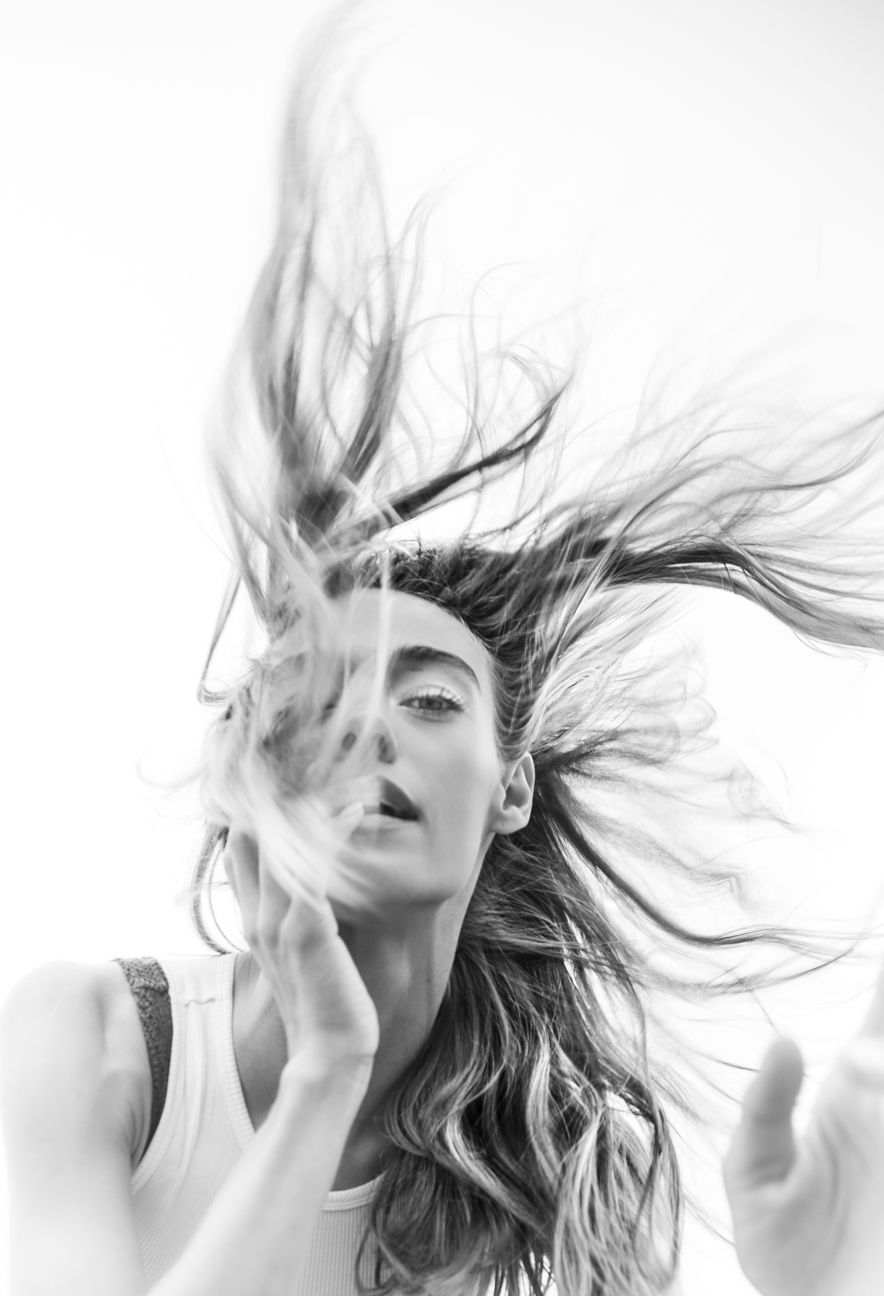
Bob:
It does. It really does. Yet sometimes either driving home or a few days later I find myself saying to myself that was an awesome shoot, I probably nailed it on nine out of ten things that I wanted to come away with, but that tenth thing I missed would just grate on me. Often it is something really simple, like I forgot to capture the shoelaces! So, part of me growing as a photographer, as an artist, and a person, was to come to grips with this and just say let it go, Bob!
Jim:
Although the funny thing is, and this has come up a lot in the work I have done in my career, the audience doesn’t know what you cut or that piece that’s missing because you forgot to shoot it. As long as the rest of the stuff is really good and you tell your story well, people don’t think that things are missing because you had to cut them. As you said, you might only get 9 out of 10 of what you intended and that is like an A- in terms of execution, but within that group you have a bunch of A+ work and that is what you are going to use to tell your story.
Bob:
That’s a good way to put it. We had a client early on, who made wall mounted drawing and drafting tables. For some reason my partner and I beat ourselves to death trying to get the lighting on the hardware to shine a certain way and it was probably taking too long. Finally, the client said “do you really think that sparkling hardware is going to be the difference in my selling the last table?” That really stuck with me, especially coming from the client. It helped put things into perspective. Why was I beating myself up over trying to get it absolutely perfect? “Let it go, Bob!”
Jim:
That’s a fantastic example. What are you excited about these days? What is inspiring you?
Bob:
Well, I have this one project that I think will really show you how my brain works or how a project might evolve. During the Covid lockdowns and quarantine I spent a lot of time outdoors, on our back patio and in my yard. I created a little bit of a garden area in our backyard and I happened to buy this one plant called a Canna and it has these gorgeous red leaves. As you can see, it is very tropical looking and maybe it was my escape to the tropics in my mind. In fact, I have two of them right here in my studio. These were on my back patio over the summer. When the sun hits those red leaves they almost glow with such amazing color. I started documenting the plants by taking pictures of the leaves in different light conditions.
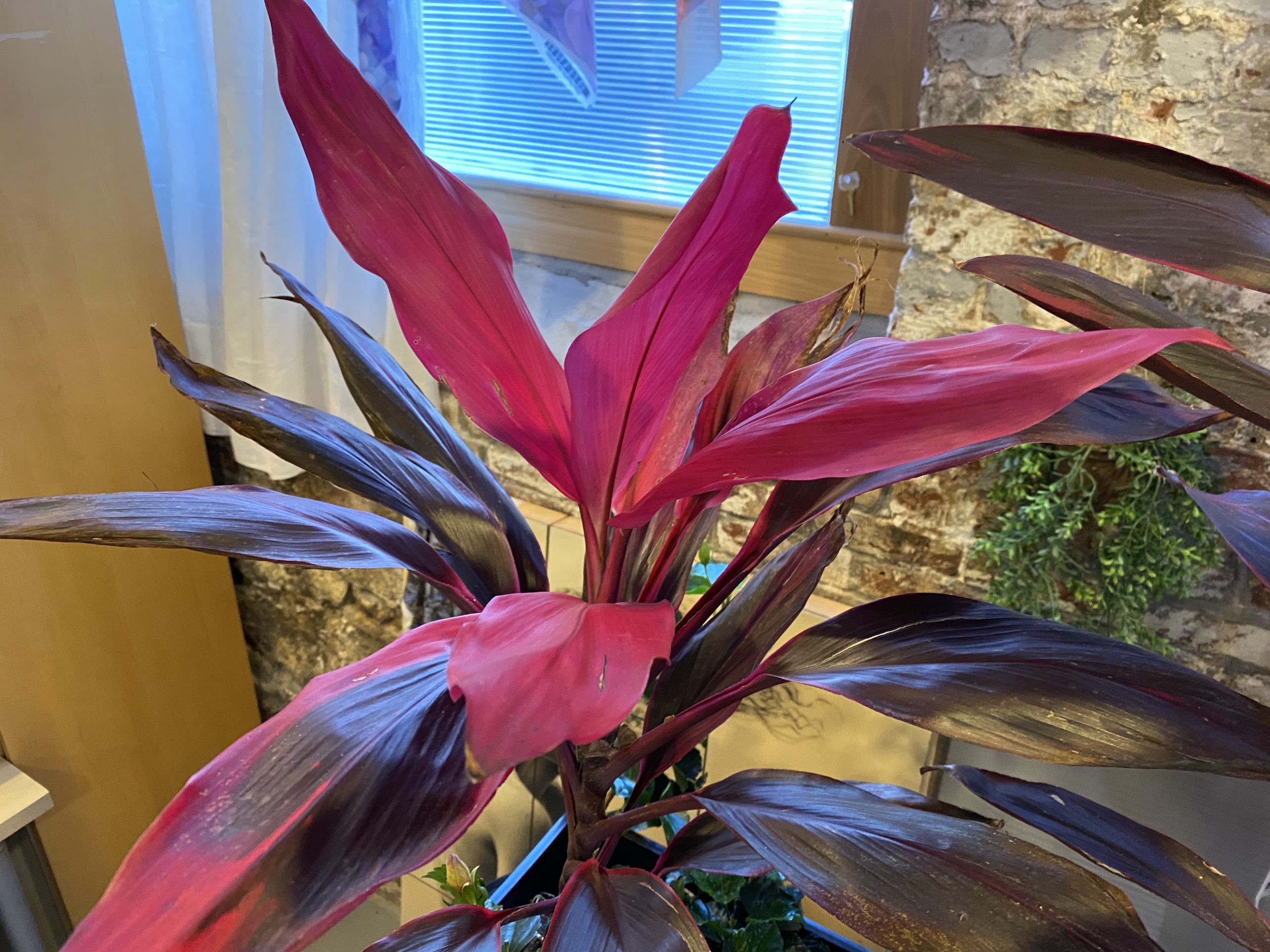
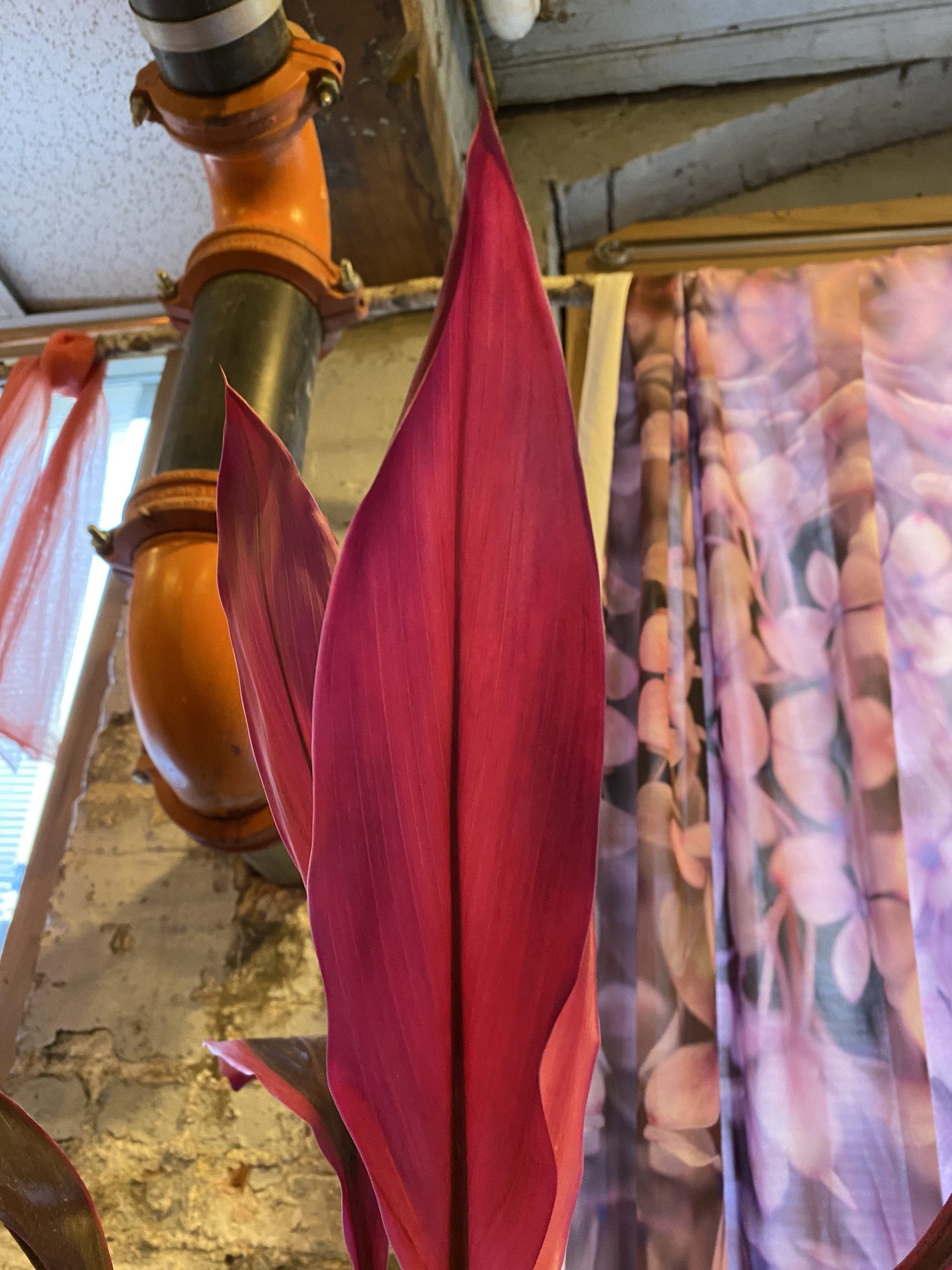
Bob:
I asked myself, what can I do with these and I came up with the idea to have the leaves printed on organza fabric and I began a collaboration with two budding fashion designers, Kavya Prakhyati and Stephen Pasqual , who I met through the School of Fashion Design, in Boston. We discussed how we thought the dress might look and the flow of the fabric. The “Canna dress” actually became two distinct and separate looks. After Kavya and Stephen worked their magic I approached another fashion designer friend Ivan Lloyd Chung who has a studio down the hall from me at Portermill studios in Beverly. I wanted to perpetuate the collaboration even more and transform the dress into more of an haute couture wearable art look that you might see on a runway. This is the mood board that we have been using on this project. The next step is to photograph the dress on a model. But we can even take that to another level by creating accessories for the model’s hair and other creative elements. We are working together to take it to the next level. Ivan is coming up with a number of organic designs and shapes that we can add to it. We have had many discussions about the design direction and now it is just a matter of fleshing it all out. I love working in a building like this full of creative and talented people, there are so many opportunities for collaboration.
Jim:
Well, I have to say, this is really interesting, you have at least three people and a plant involved in the evolution of this dress. Talk about a collaborative process, but you are also letting go of it a little bit and giving the other designers the space to do their thing.
Bob:
In any collaboration there is a lot of give and take. I love that you never know where things might go and I certainly know that I don’t have all the answers. I think that’s one of the reasons I like the Creative Partners group in The Experience Alchemists so much, there are so many moments to see things from other people’s perspectives. Everyone in the group has a different expertise and passion for what they do and it is very cool to be exposed to and learn from other people’s ideas.

Jim:
I agree with you 100%. One of the things that has always inspired me, and that I love the most about my work, is bringing people with different perspectives together into a room to solve a problem or to come up with some creative solutions that are just interesting and unexpected. It is so rewarding to see our Creative Partners come together. Watching a fashion designer and sound designer and a playwright exchanging ideas and coming up with innovative and creative ways of telling a story is so compelling and always results in truly unique experiences. I love that you are treating this “plant dress” project as an equal partnership . You came up with the germ of the idea, you plant a seed, pun intended of course to stick with the dad jokes, and you give your partners the freedom to explore various directions with it, that is wonderful!
Bob:
I am looking forward to seeing the end result of this project. I hope someone walks the final piece down a runway somewhere and I can capture that experience with photographs and it all comes full circle back to photography. Then it becomes full on experience design. I can think about things like what is the lighting and the music, how does the whole experience feel.
Jim:
Yes. Having the ability to craft and shape an experience that allows people to feel a range of emotions is so rewarding. You really know you are reaching people. It’s really invigorating to sit back and watch someone take that in and to know that you played some part in it.
Bob:
Observing the human condition is in my job description.
Jim:
Yeah. In some ways that’s art, right. I mean, that really is part of what artists are trying to do. They’re trying to have their own kind of perception of what the world is or what’s going on in the world and then present it to an audience and create an experience that connects with people.
